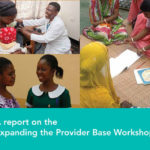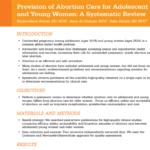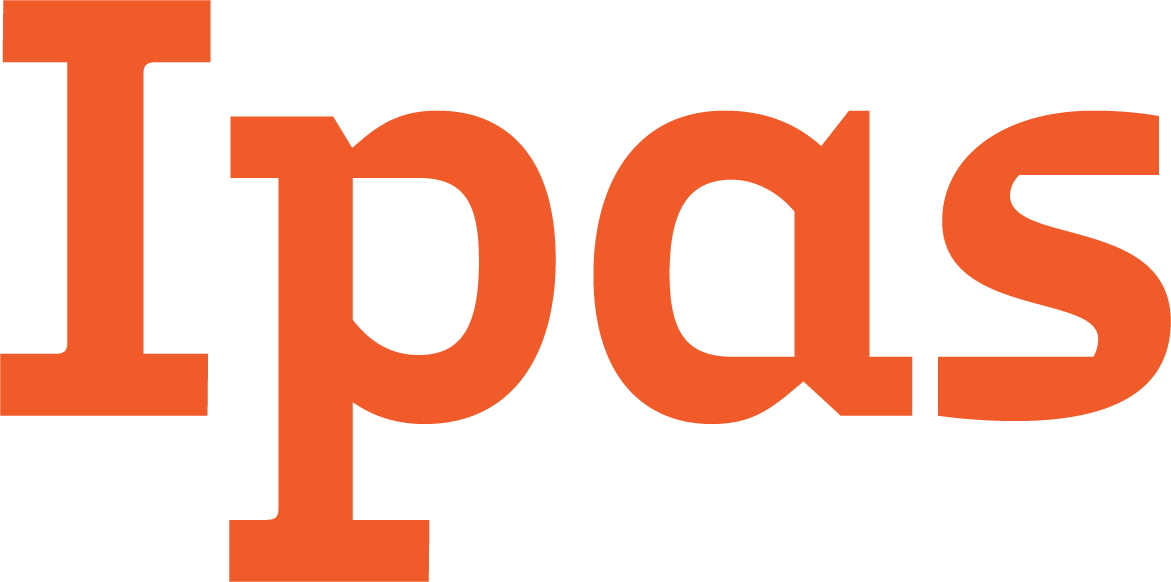As Americans debate whether the United States should act militarily in Syria, my thoughts turn to the women. I have no idea what the right answer is militarily, but I do know that all women refugees are going to need basic reproductive health care, and women who are raped are going to need appropriate treatment, including abortion. So what are we doing for them?
Although abortion became legal in India in 1971, many women are unaware of the law. To evaluate the effectiveness of a behavior change communication intervention to improve women’s knowledge about India’s abortion law and their perceptions about abortion, a quasi-experimental study was conducted in intervention and comparison districts in Bihar and Jharkhand.
Logically, all women receiving abortion care should also receive contraceptive information, and a method if they wish one; likewise, family planning providers should be equipped to support women who have unintended pregnancies. However, integrating family planning and abortion care is often a challenge.
Both Wubalem and Chaltu live only five kilometers from the nearest public health clinic. Under Ethiopian law, both have the right to safe, legal abortion. Yet, because of unnecessarily broad interpretation of U.S. government policy, one was denied this fundamental right.
To explore the feasibility of educating communities about gynecologic uses for misoprostol at the community level through community-based organizations in countries with restrictive abortion laws, the Public Health Institute and Ipas conducted an operations research study in 2012.
This study examined awareness of unwanted pregnancy, abortion behaviour, methods and attitudes toward specific legal indications for abortion via a school-based internet survey among 378 adolescents aged 12–21 years in three Rio de Janeiro public schools.
Despite the adoption of the Medical Termination of Pregnancy Act in 1972, access to safe abortion services remains limited in India. Awareness of the legality of abortion also remains low, leading many women to seek services outside the health system.
Sex workers’ need for safe abortion services in Uganda is greater than that of the population of women of reproductive age because of their number of sexual contacts, the inconsistent use of contraception and their increased risk of forced sex, rape or other forms of physical and sexual violence. This study sought to understand sex workers’ experiences with induced abortion services or postabortion care (PAC) at an urban clinic in Uganda. Nine in-depth interviews were conducted with sex workers. Several important programmatic considerations for safe abortion services for sex workers were identified. Most important is creating community-level interventions in which women can speak openly about abortion, creating a support network among sex workers, training peer educators, and making available a community outreach educator and community outreach workshops on abortion.

A report on the Expanding the Provider Base Workshop hosted by Ipas in 2013. The workshop brought together delegates from nine countries in Africa, Asia and North America and facilitated the sharing of resources and strategies related to expanding the role of non-physician providers in abortion-related care. It details discussion of key topics at the workshop, including the need for and evidence behind expanding cadres of CAC/PAC providers.

A systematic review of 25 studies, covering 346,000 women, to determine whether abortion care for adolescent and young women differs from abortion care for older women—with a focus on efficacy, safety and acceptability. It concludes that limited evidence indicates that abortion of all types at all gestational ages is effective, acceptable and safe for adolescents and young women, and strongly recommends offering adolescents a full range of contraceptives after abortion, including intrauterine contraception.
This publication provides an overview of the neglected sexual and reproductive health needs and rights of migrant, refugee and displaced women.

